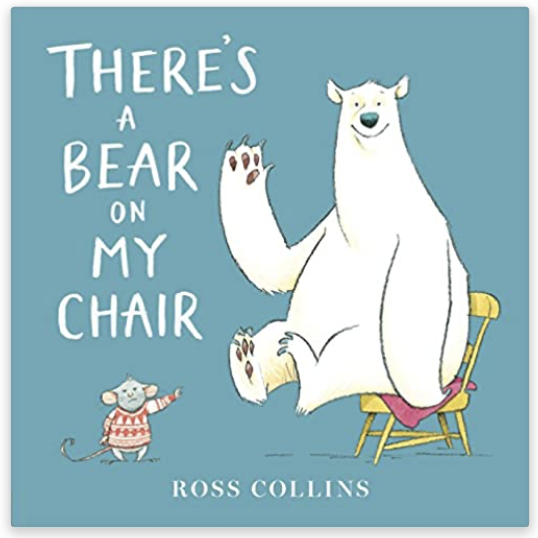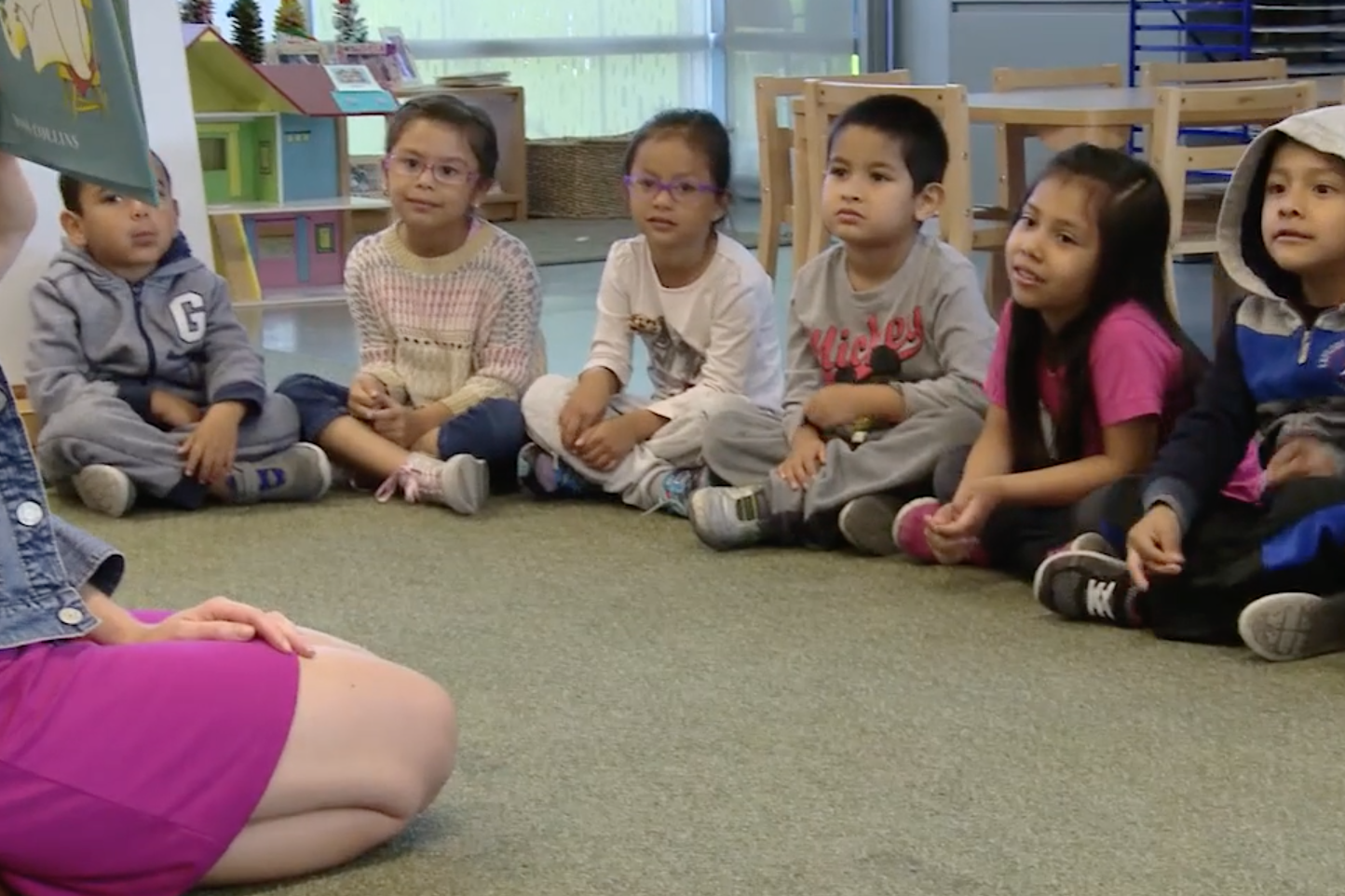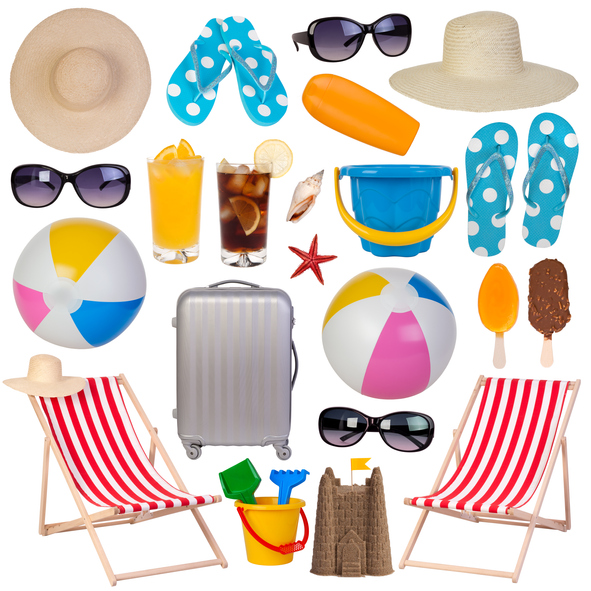This is a simple activity that teachers can use to promote children’s spatial language and ideas. Children are asked to view a simple drawing, a picture (sometimes taken from a storybook), or a complex geometrical shape, and think carefully about what they notice in the picture. They describe what they notice in the picture and then draw what they see. This activity enables children with varying understandings of spatial relations to learn.
by Megan Franke
Overview of Task
 This task is designed to build understanding of spatial relations. In this task, teachers show children a picture and then ask the children to:
This task is designed to build understanding of spatial relations. In this task, teachers show children a picture and then ask the children to:
- Describe what they see,
- Draw what they see, and
- Describe what they drew.
Teachers may just focus on the first step, supporting children in using rich description and detailed language to describe what they see. Alternatively, teachers may progress throughout the different steps of the activity. The goal is for children to think about how to orient things in space by using language and drawing a representation.
Note the strategic use of the phrase what they see- there are multiple ways to see, to describe and recognize, and we want children to describe in ways that make sense to them in language they have to describe it. Engaging multiple children together in a small group or whole class is important during this activity because children will notice different things and use different language to describe them. These differences can lead to productive discussion and learning.
Getting Started
1. Show children a picture. The picture might be a page from a storybook that the children are familiar with, or a picture like one of these.

2. Ask children what they see. “What do you see?” or “What do you notice?” Whatever the children say is ok! We want to get children to begin to describe what they see in their own words.
- “I see a house.”
- “I see a door.”
- “I see a girl flying.”
- “I see a weird tree.”
- “I see squares.”
3. Take the children's lead and respond to their ideas by asking follow-up questions.
- "Where do you see the squares? Where do you see the tree?"
- "Can you tell me more about the ________?"
- "What do you notice about what’s in the back corner?"
- "How do you know that this is a triangle? Are those both triangles?"
4. Ask students to draw what they see.
- Keep the picture available; this is not a memory task.
- This is not a tracing task either. We are asking children to draw what they see. (Expect a wide variety!)
- Children often begin by drawing portions of the picture (just the tree, just the oval for the body of the tree, etc.)
5. Move around and check in with them as they are drawing. You can ask questions based on what they drew to get them to add detail to their drawing. It is important to remember that the children should not think that the drawing has to look exactly like the picture. “You draw what YOU see.” (You might want to remind children that what they see might be different from what someone else sees.)
6. As children finish, ask them to tell you about what they drew. Older children could describe their own drawing to a partner, and vice versa. After discussion, children should go back and add detail to their own drawing.
7. Consider sharing a couple of examples of children's drawings and ask the child to describe to the class what they drew. Let other children add what they see. Use this as an opportunity to highlight one idea you want to engage the group in (perhaps noticing a particular shape, or using specific language such as above or below, or describing where an object is in relation to other objects).
Observing Children's Mathematics
As you are engaging children in this activity, pay attention to whether they can:
- Name objects.
- Name and describe the details of the objects (color, patterns).
- Name objects in relation to other objects.
- Name objects in relation to spatial cues (above, below, next to, on top of, etc.).
- Identify critical elements of shapes (attributes, etc.).
- Partition/combine shapes.
- Name objects in relation to orientation.
- Use mathematical language (square, straight line, twice as big, rotated, etc.).
- Represent objects.
- Represent the details of the objects (color, stripes, size).
- Represent objects in relation to other objects (the dog is smaller than the boy).
- Represent orientation (can show a turn, or a reflection of an object, symmetry).
- Choose a piece of the task to make into a focused, shorter engagement: only describe, or only describe and draw.
- Be sure to engage each child and not only the vocal ones. One strategy is to use pair-share often, with children each taking a quick turn at describing what they noticed (it's ok if they say the same as someone else).
- Let children talk without interruption even if long winded.
- Choose pictures with motion (someone skateboarding down the sidewalk, a car driving down the street, a bird flying through the sky).
- Move to using simple maps as children gain experience.



